The 20 Richest Countries in the World
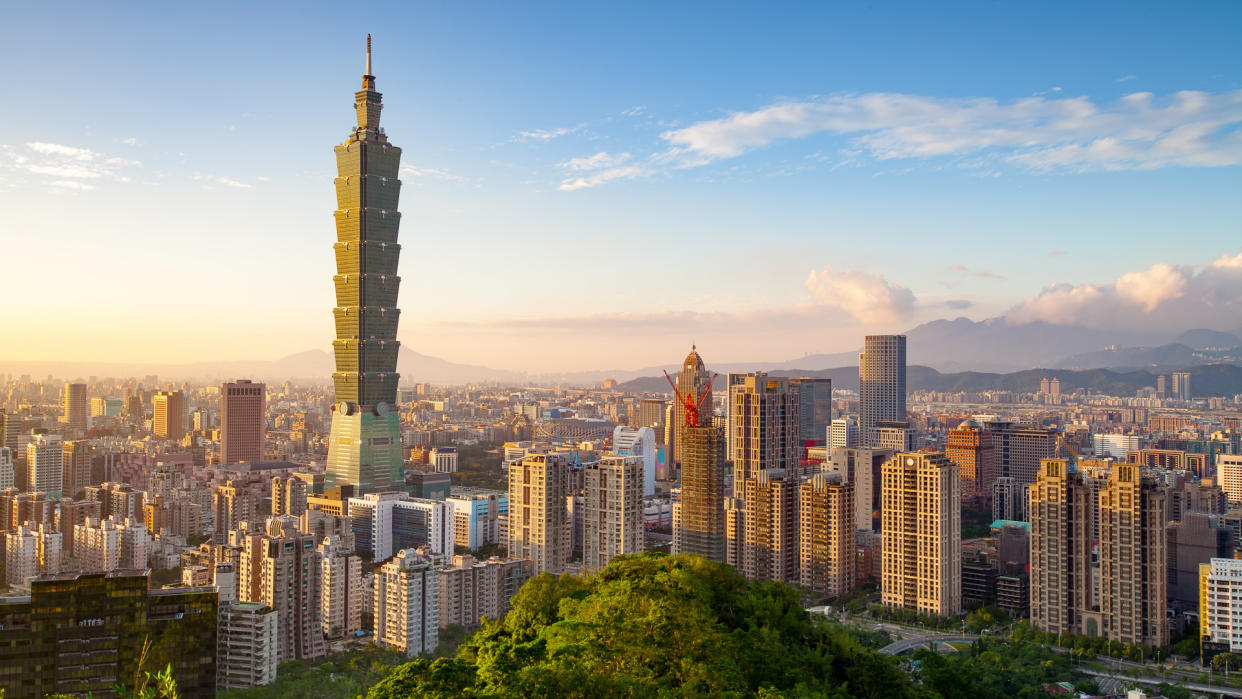
The top economies in the world can be ranked by many different metrics. On an absolute dollar basis, the United States and China have been battling for some time for the top spot in the global economy, as China inches ever closer. However, since China has such a large population, its gross domestic product per capita dwindles in comparison to the United States and other countries. While you won't find China anywhere on this GDP-per-capita list of the top 20 economies in the world, you will find two regions whose territories are technically inside China, but are considered independent of China at the same time-Macao and Hong Kong.
Here It Is: Our 2022 Small Business Spotlight
Explore: Your Biggest Money Etiquette Questions Answered
Using data you may even reconsider where you plan to retire.
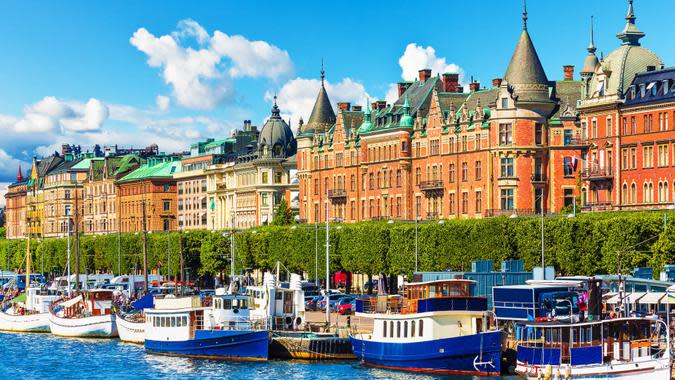
20. Sweden
GDP per capita: $62,926
Sweden is one of several Nordic countries with a GDP per capita among the highest in the world. The biggest contributors to its economy include iron and steel, precision equipment, wood pulp and paper products, processed food and motor vehicles. Barley, wheat, sugar beets, meat and milk round out the agricultural side of the economic equation for Sweden.
Take Our Poll: Are You Struggling To Keep Up With Your Utility Bills?

19. Germany
GDP per capita: $63,271
The German economy is known for producing some of the best automobiles in the world, but Germany also is among the world's largest and most technologically advanced producers of iron, steel, coal, cement, chemicals, machinery, vehicles, machine tools, electronics, food and beverages, ships and textiles.
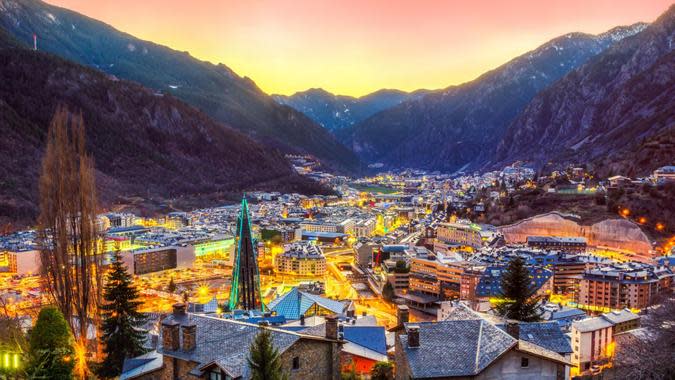
18. Andorra
GDP per capita: $63,600
Andorra is a mountainous nation of just 181 square miles lying between France and Spain. The county has an interesting governmental structure, as it's been a parliamentary democracy since 1993, but it retains its chiefs of state in the form of a co-principality, with its two princes being the president of France and the bishop of Seu d'Urgell, Spain. Tourism, particularly skiing, is a main driver of the economy.
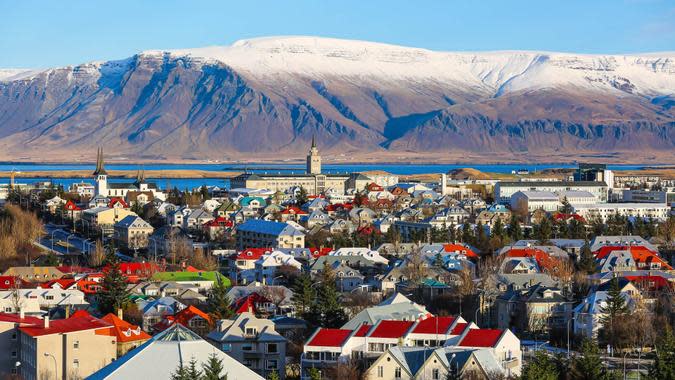
17. Iceland
GDP per capita: $64,621
Iceland has seen a tourism boom since 2010, with the growth in annual visitor numbers registering in the double digits for much of the decade. However, more traditional industries, such as fish processing, aluminum smelting, geothermal and hydropower, all pitch in to make Iceland one of the top five economies in the world.
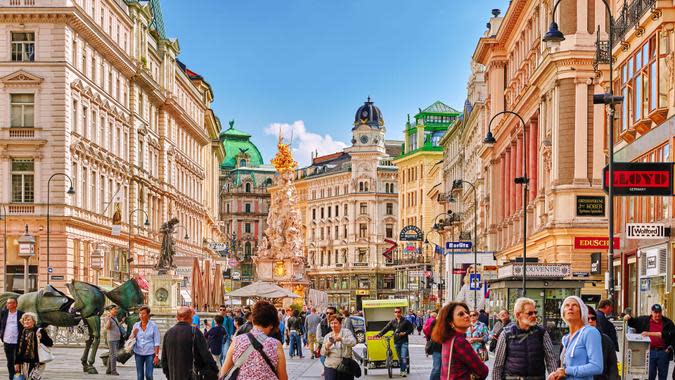
16. Austria
GDP per capita: $64,571
Austria is a gorgeous country, and tourism helps boost the country's GDP. Construction, machinery, vehicles and parts, food, metals, chemicals, lumber and paper, and electronics also contribute their share. The federal parliamentary republic produces grains, potatoes, wine, fruit, dairy products, pigs, cattle and poultry.
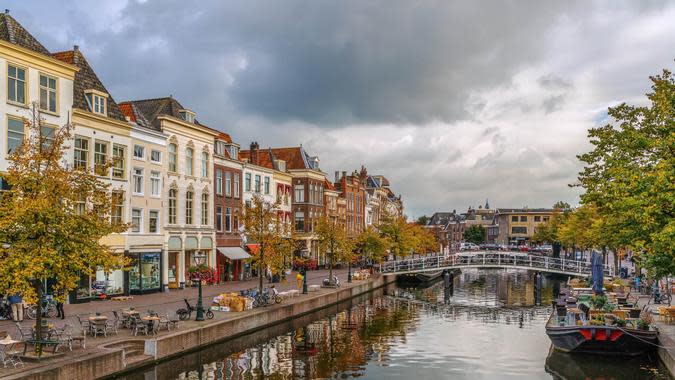
15. Netherlands
GDP per capita: $68,572
The Netherlands relies on agro-industries, metal and engineering products, electrical machinery and equipment, chemicals, petroleum, construction, microelectronics and fishing to power its economy. Vegetables, ornamentals, dairy, poultry and livestock products are the main agricultural contributors to the country's economy.
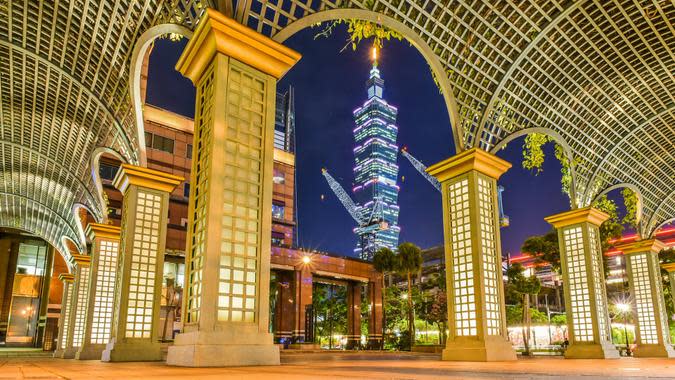
14. Taiwan
GDP per capita: $68,730
Taiwan is an island in the western Pacific Ocean off the coast of China. Though it has had many economic periods of boom and bust, according to Brittanica, since the 1980s it has remained one of the most significant makers of computers and computer parts. It also has a sizable steel and shipbuilding industry, as well as information and communication technology.
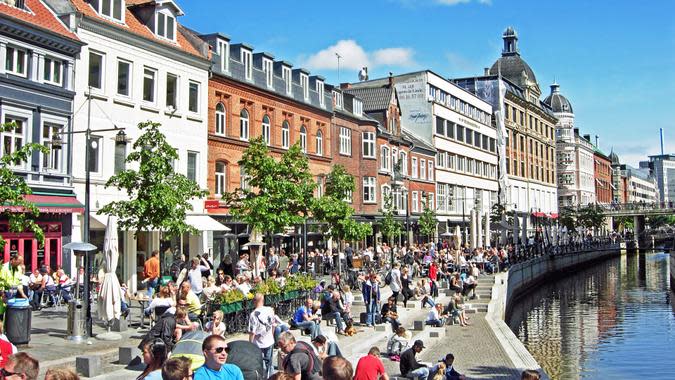
13. Denmark
GDP per capita: $69,273
Denmark has an advanced economy that benefits from many diverse industries. Wind turbines, pharmaceuticals, medical equipment, shipbuilding and refurbishment, iron, steel and nonferrous metals are key contributing industries, but the country also produces chemicals, machinery and transportation equipment, textiles and clothing, electronics, furniture and other products.
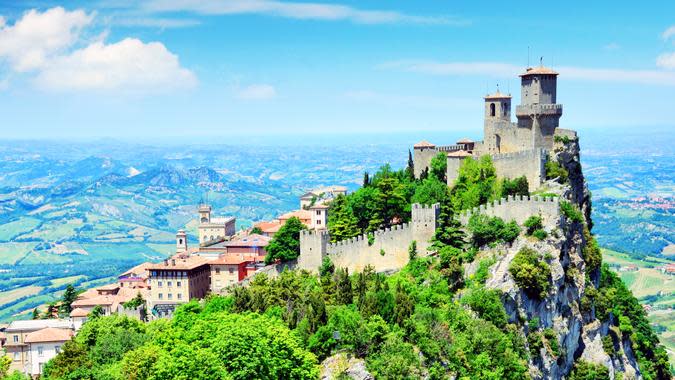
12. San Marino
GDP per capita: $70,139
San Marino, small republic situated on the slopes of Mount Titano, on the Adriatic side of central Italy between the Emilia-Romagna and Marche regions and surrounded on all sides by the republic of Italy. It is the smallest independent state in Europe after Vatican City and Monaco and, until the independence of Nauru (1968), the smallest republic in the world.

11. Hong Kong, Special Administrative Region (SAR)
GDP per capita: $70,448
Hong Kong, on the southern coast of China is not a country, per se, but it does exist in a kind of gray area known as a Special Administrative Region "controlled" by The People's Republic of China. However, it has its own currency, passports, immigration processes and legal system, according to Trip Savvy
It's economy is largely built upon manufacturing, trade and shipping, as it is also recognized as an international free port, according to Brittanica.
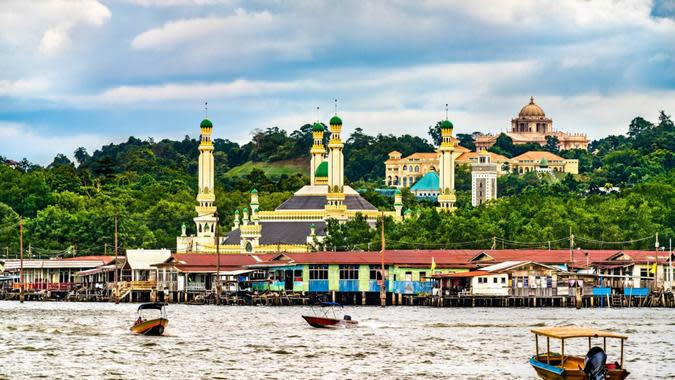
10. Brunei
GDP per capita: $74,953
The Kingdom of Brunei, formally known as Brunei Darussalam, is a tiny absolute monarchy located on the island of Borneo. Oil and gas power the economy in the form of petroleum processing and refining as well as liquefied natural gas. Agriculturally, Brunei produces rice, vegetables and fruits.

9. United States
GDP per capita: $76,027
The United States fits the largest population on the list into the second-largest landmass. It has a highly diversified economy with the second-largest industrial output in the world. The main industries in the U.S. encompass everything from petroleum, motor vehicles and steel to aerospace and telecommunications. Numerous agricultural products, including wheat, corn, fruits, vegetables, dairy and forest products, also serve to boost the country's GDP.
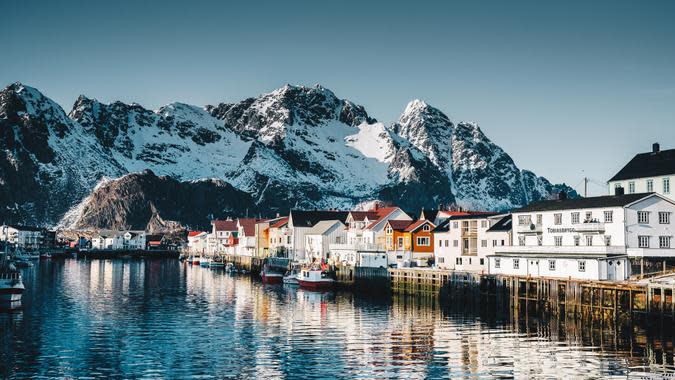
8. Norway
GDP per capita: $77,808
Norway is one of the wealthiest countries on Earth, which was proved when it surpassed the $1 trillion mark in its sovereign wealth fund in 2017. Norway gets its economic output from the shipping, fishing, aquaculture, food processing and shipbuilding industries, in addition to petroleum and gas.
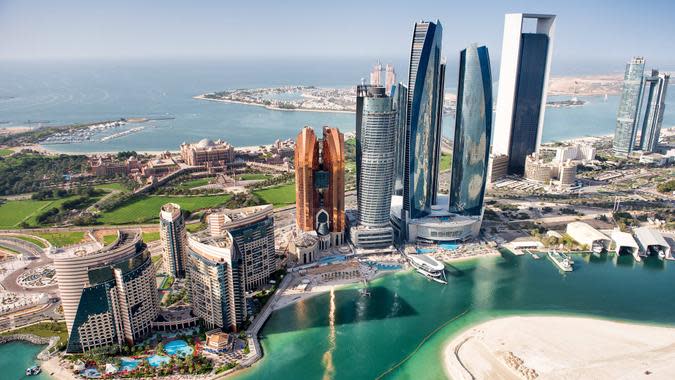
7. United Arab Emirates
GDP per capita: $78,255
The United Arab Emirates has a reputation for being a country of immense wealth. So, perhaps it's no surprise that it ranks as the 20th wealthiest nation in spite of its relatively small size. The federation of monarchies, in the form of individual emirates, relies on petroleum and petrochemicals, in addition to fishing, cement, commercial ship repair and textiles to run its economy. Dates are an important agricultural product.
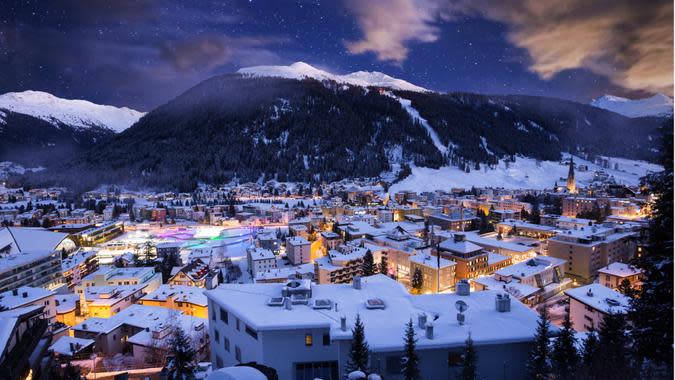
6. Switzerland
GDP per capita: $84,658
When you think of Switzerland, you might think of banks and watches. This is more than a stereotype, as both of these industries help propel the Swiss economy into the top two globally. Switzerland also produces grains, fruits, vegetables, meat, eggs and dairy products -- not to mention chocolate.
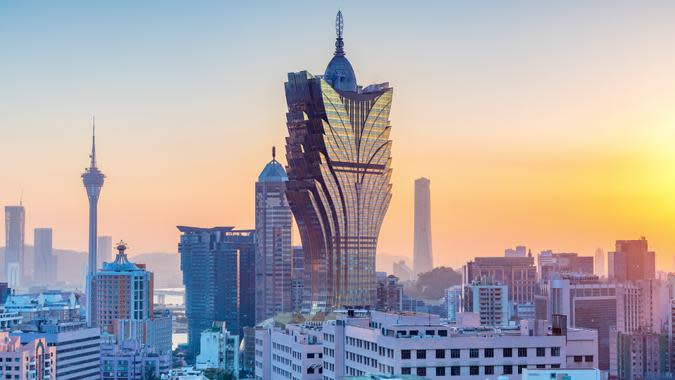
5. Macau, SAR
GDP per capita: $85,611
Similar to Hong Kong, Macao, a small peninsula off the province of Guangdong, China, and the islands of Taipa and Coloane, is also a Special Administrative Region "controlled" by The People's Republic of China but with some autonomy of its own. This tiny region's economy relies heavily upon tourism and gambling, of all things, to sustain itself, according to Brittanica. You'll find numerous casinos, hotels and bars here.
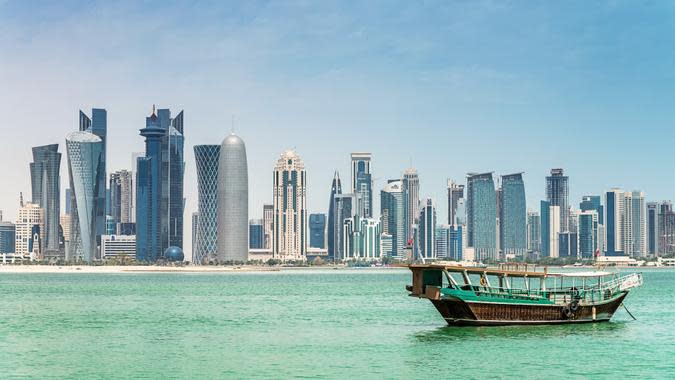
4. Qatar
GDP per capita: $112,789
Perhaps surprisingly, the absolute monarchy of Qatar comes in at No. 8 on the list of the top 50 GDPs per capita in the world. While well-known as a producer of oil and natural gas, Qatar also gets major contributions to its GDP from the cement, commercial ship repair, ammonia and fertilizer industries.
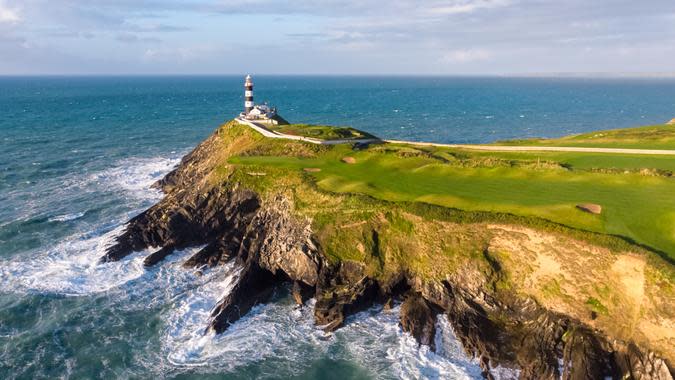
3. Ireland
GDP per capita: $124,596
Ireland is known for its beef, potatoes and dairy products -- and its beer -- but a diversified collection of industries lifts the tiny nation's GDP into the top three in the world. Pharmaceuticals, chemicals, medical devices and computer hardware and software are big contributors to Ireland's economy.

2. Singapore
GDP per capita: $131,580
Tiny Singapore has a diversified economy that benefits from the country's location at the center of a major shipping route. At just 278 square miles, the country is one of the smallest in the study, but it's known for a wide variety of things, from electronics, chemicals, financial services, oil drilling equipment and petroleum refining to biomedical products, scientific instruments, processed food and beverages, and telecommunication equipment. Befitting of Singapore's seaside location, companies also perform ship repair and offshore platform construction, and the country takes part in entrepot trade.
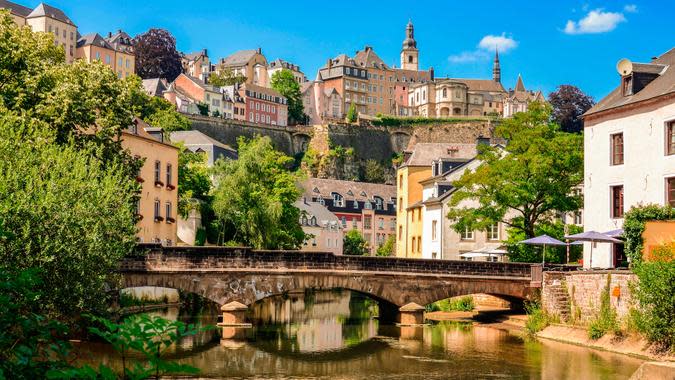
1. Luxembourg
GDP per capita: $140,694
With a landmass of only 998 square miles, there's plenty of money floating around in Luxembourg, which no doubt helped contribute to the nation's estimated 1.95% population growth in 2019. Banking and financial services play a huge role in Luxembourg's economy, but to claim the No. 1 spot as the richest country in the world, the constitutional monarchy's economy is necessarily diversified. Construction, real estate services, metals and information technology all play an important role in the country's economy.
More From GOBankingRates
Check Out Readers' Favorite Small Businesses in Our 2022 Small Business Spotlight
This Credit Score Mistake Could Be Costing Millions Of Americans
John Csiszar contributed to the reporting for this article.
This article originally appeared on GOBankingRates.com: The 20 Richest Countries in the World
